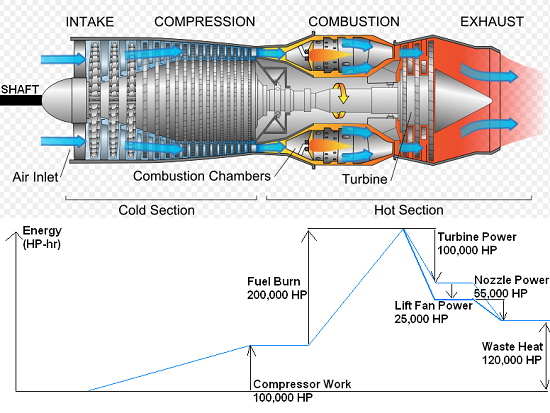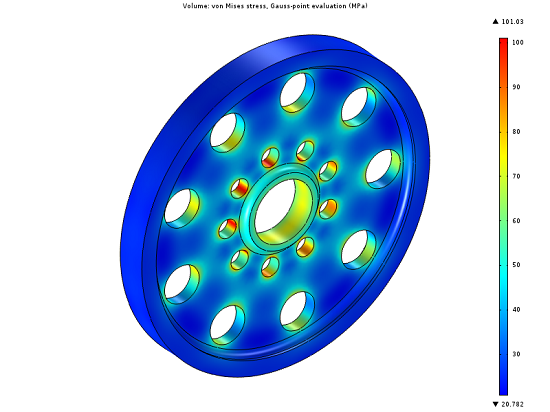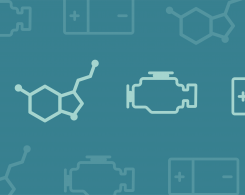Latest Posts

Turbine Stator Blade Cooling and Aircraft Engines
Technology and mechanics enthusiasts might agree that engines are very cool — and they also know how fussy they get when running into cooling problems. When it comes to aircraft propulsion, overheating is not an option. Most planes can’t fly safely without an engine, so why run the risk of overheating? While current engine designs limit that risk using clever cooling systems, another path to solve this problem would be to design more energy-efficient engines, exempt from excessive heat release. […]

How to Implement a Mesh Refinement Study
A couple of weeks ago, I led a webinar on postprocessing and visualization features in COMSOL Multiphysics. This webinar was very popular among COMSOL users, so I wanted to follow up with a blog post to highlight one of the important topics we covered — performing a mesh refinement study in COMSOL Multiphysics.

Lam Research on Simulation of Wafer Fabrication and Moore’s Law
We have come to take for granted the ever-increasing performance gains in computational power. Enabled by advances in semiconductor processing techniques, we reap the benefits from exciting new features in everything from smartphones to workstations. The good news for all of us is that the semiconductor industry is steaming ahead, relentlessly pushing the limits of wafer fabrication. Each year, a new generation of sophisticated fabrication equipment is developed. Features etched on silicon are now at the atomic scale. In the […]

Using Gradient-Free Optimization
The COMSOL Optimization Module includes both gradient-based and gradient-free optimization techniques. Whereas the gradient-based optimization method can compute an exact analytic derivative of an objective function and any associated constraint functions, it does require these functions to be smooth and differentiable. In this blog post, we examine the use of the gradient-free optimizer, which can consider objective function and constraints that are not differentiable or smooth. The dimensions of a spinning wheel are optimized to reduce the mass while maintaining […]

Simulating the Freeze-Drying Process
When thinking about freeze-drying processes, I am reminded of astronaut food like the freeze-dried ice cream I tried as a kid. While this application of freeze-drying is important for preserving food being launched into space, there is also an incredible number of noteworthy applications that are used a little closer to home. Let’s take a look at the freeze-drying process, how it can be simulated, and some of the products and designs that rely on it to function.

Using a Microfluidic Valve to Separate Charged Particles
When you think of a valve, what is the first thing that comes to mind? Electromagnetic waves, or perhaps, Stokes flow separating charged chemicals in a microchannel system? Maybe neither. The truth is, when researchers try to separate small (in the picoliters region), well-defined sample volumes of chemicals, the dispensing accuracy provided by a mechanical regulator probably won’t suffice. An electrokinetic valve, a type of microfluidic valve, on the other hand, provides the perfect solution by giving researchers the flow […]

Hear About Designing Efficient Appliances from Mieletec FH Bielefeld
In 1898, Carl Miele and Reinhard Zinkann founded the Miele company. Since then, it has grown into one of the world’s foremost producers of household appliances, including washing machines and cooking devices for both domestic and professional use. Miele has created a joint research laboratory, mieletec, with the University of Applied Sciences in Bielefeld, Germany. There, the foundations are being laid for the next generation of resource and energy efficient household appliances. This October, you have the chance to hear […]

Analyzing Electrical and Thermal Conductance in a Contact Switch
A contact switch is used to regulate whether or not an electrical current is passing from a power source and into an electrical device. These switches are found in many types of equipment and they are used to control, for example, the power output from a wall socket into a device when it is plugged in; the currents passing across the circuit board of a computer; or the electricity powering a light bulb when the switch is flipped on. Because of their […]
